The Psychology of Home: Why Our Brains Crave Certain Spaces
How Architecture and Design Influence Emotions
Uncover the science behind how architecture and design impact emotions. Learn how light, color, and space planning shape mood, creativity, and well-being.
Have you ever walked into a room and instantly felt relaxed, inspired, or even uneasy? That’s because the spaces around us have a profound impact on our emotions, productivity, and overall well-being. This fascinating connection between the built environment and brain activity is the foundation of neuroarchitecture—a field that explores how design elements such as light, color, and spatial organization shape our mood and behavior.
Key Factors That Influence Our Emotional Connection to Spaces
1. Light and Mood
One of the most significant factors shaping our emotions is natural light. Sunlit spaces have been shown to boost serotonin levels, reduce stress, and improve focus. A home flooded with daylight enhances mood and even regulates sleep patterns, making us feel more energized and balanced. On the other hand, dimly lit spaces can evoke drowsiness, melancholy, or a sense of confinement. This is why modern homes prioritize large windows, skylights, and open designs to bring in as much natural light as possible.
2. Ceiling Heights and Thought Patterns
The height of ceilings also plays a subtle yet crucial role in how we think and feel. High ceilings create a sense of openness, encouraging creativity and expansive thinking. In contrast, lower ceilings foster a feeling of coziness and can help with focus, making them ideal for spaces designed for deep work or relaxation. Studies have even shown that people in rooms with high ceilings are more likely to engage in abstract thinking, while lower ceilings promote detail-oriented tasks.
3. Color Psychology in Interiors
Color psychology is another key element in home design. Different hues evoke different emotions—blues and greens create a calming effect, perfect for bedrooms and relaxation areas. Warm tones like yellows and oranges promote energy and positivity, making them ideal for kitchens and social spaces. Neutrals and earthy tones offer stability and balance, often used in luxury interiors to create a timeless, sophisticated look. Darker shades add drama and depth but can feel overwhelming if overused.
4. The Role of Space Planning in Emotional Well-Being
Beyond aesthetics, space planning impacts our emotional well-being by influencing movement, interaction, and comfort. Open-plan layouts encourage social connection, making them ideal for families and gatherings. However, excessive openness can sometimes feel overwhelming, leading to a lack of privacy and comfort. On the other hand, well-defined spaces offer a sense of security and personal retreat, ensuring that a home caters to both social and private needs.
Elevating Villa Marketing Through Emotion-Driven Storytelling
At Ceyone, we understand that home buying is more than just an investment—it’s about finding a space that resonates emotionally and enhances daily living. We go beyond traditional real estate marketing by telling the story of architecture. By highlighting the psychology of space, natural light, biophilic design, and sensory experiences, we create marketing strategies that connect buyers to homes on a deeper level. Whether it’s showcasing how an open-plan villa fosters connection or how floor-to-ceiling windows enhance mood, we bring out the essence of luxury and livability.
Final Thoughts
A well-designed home isn’t just a place to live—it’s a space that shapes emotions, productivity, and relationships. Understanding how architecture influences well-being allows us to recommend homes that truly nurture the human spirit.
Looking for a home designed for emotional well-being?
Visit Ceyone to explore homes that embrace emotion-driven design, ensuring comfort, connection, and inspiration in every corner.
________________________________________________________



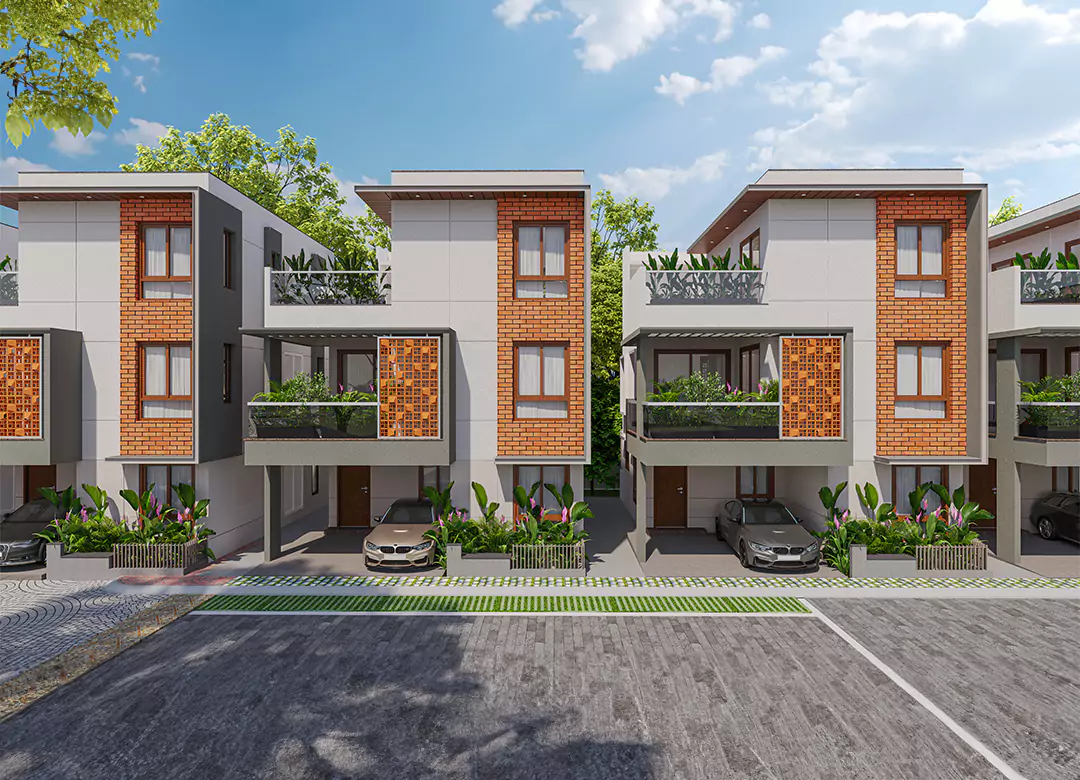

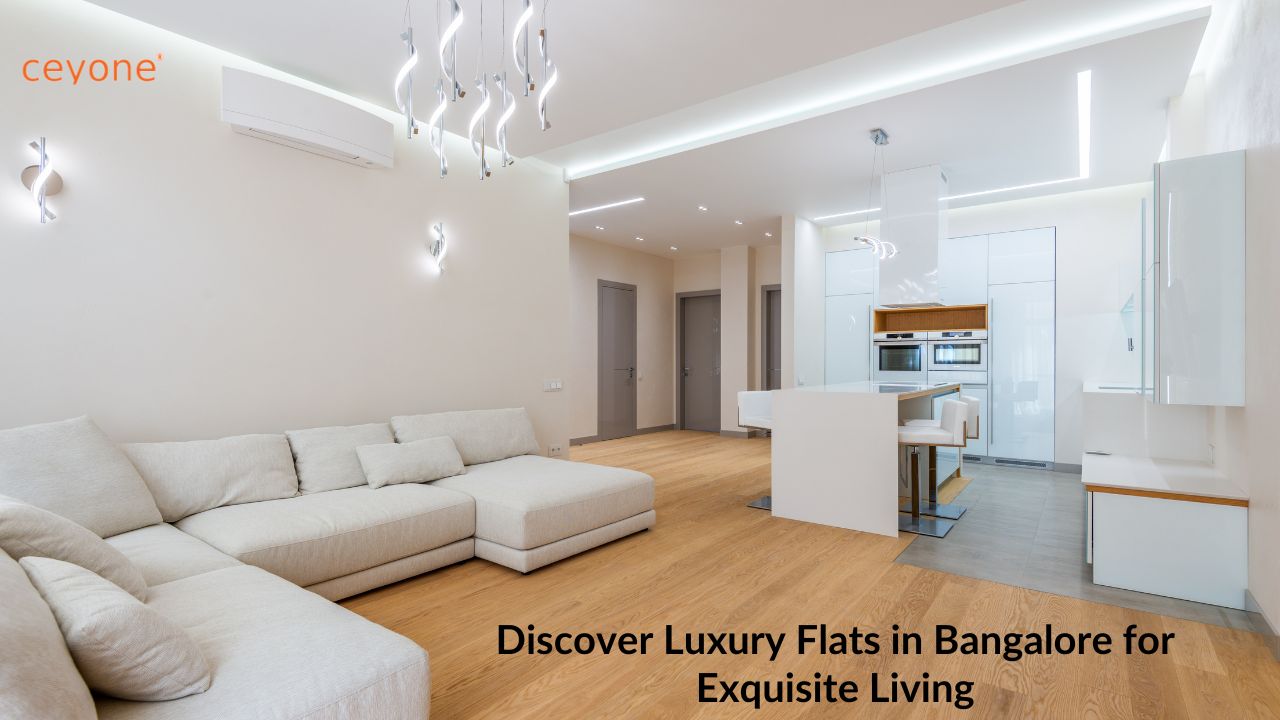


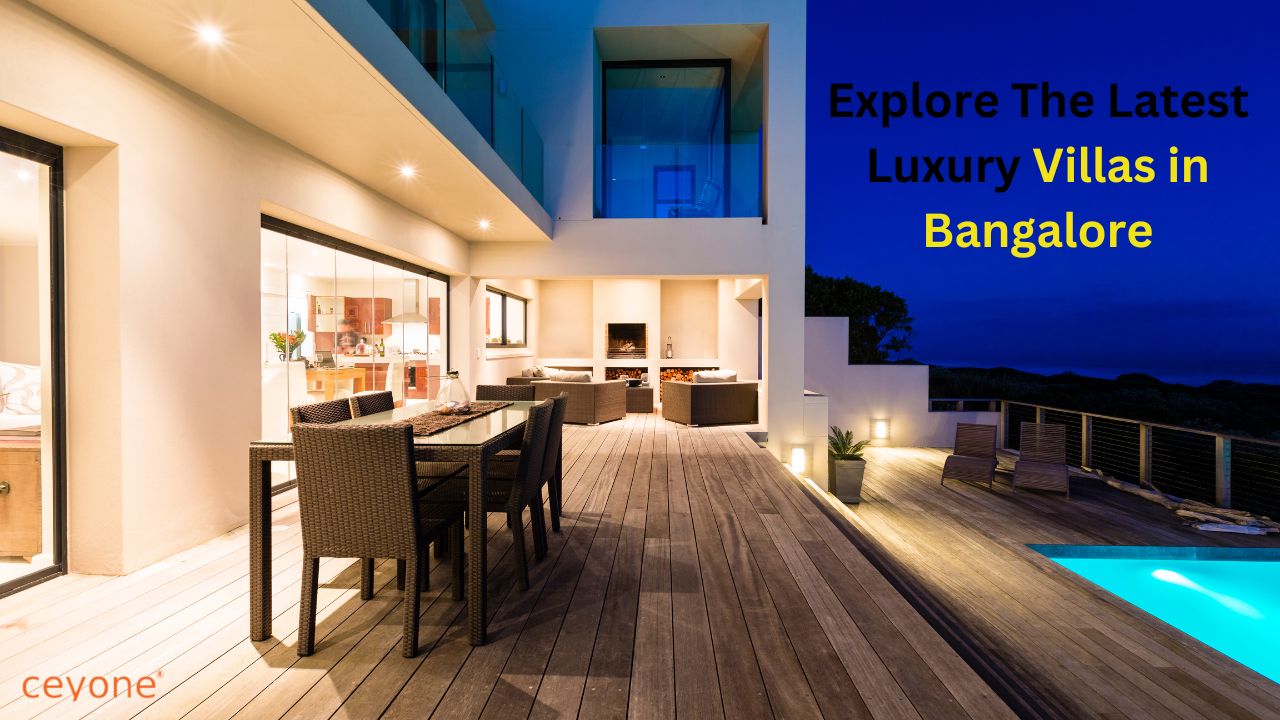
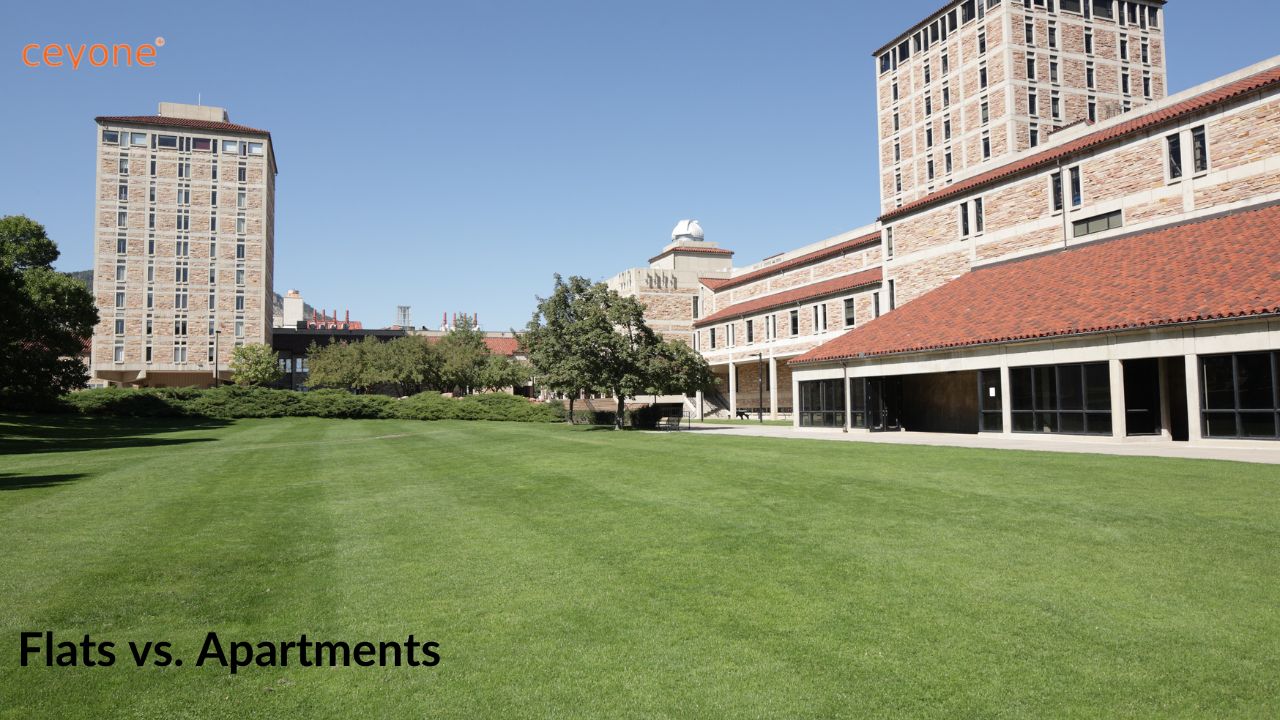


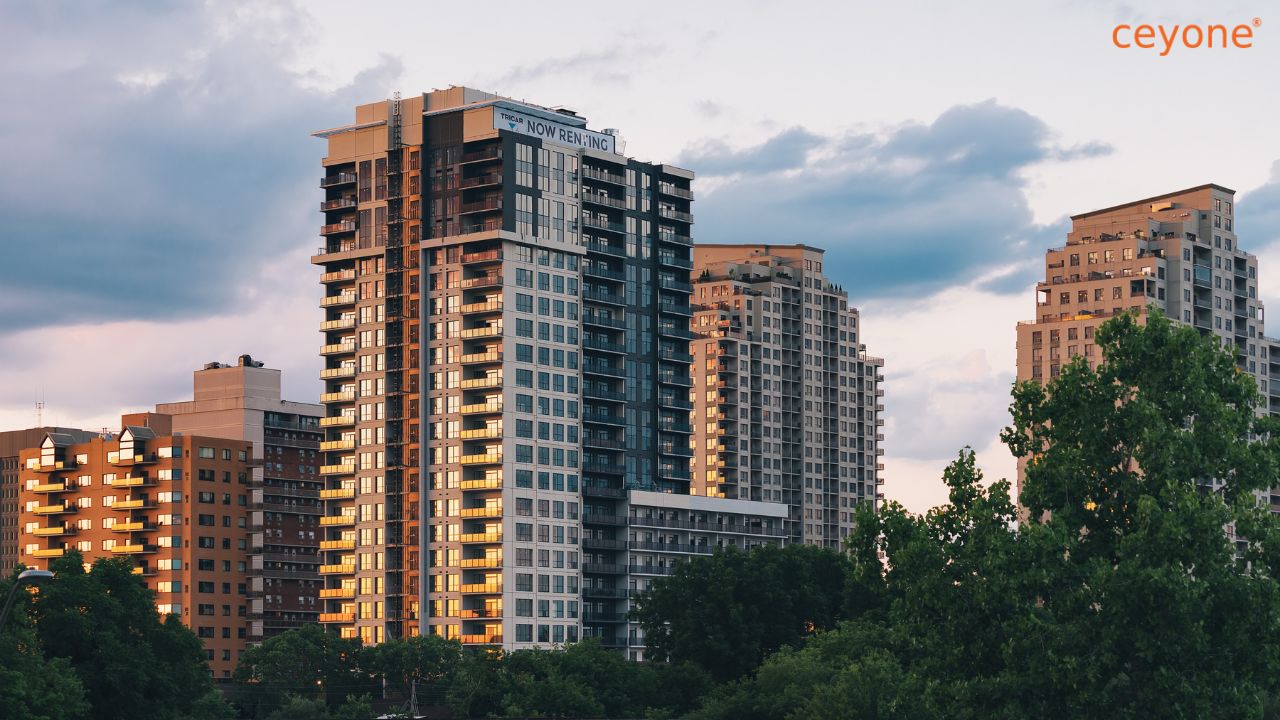

Post Comment